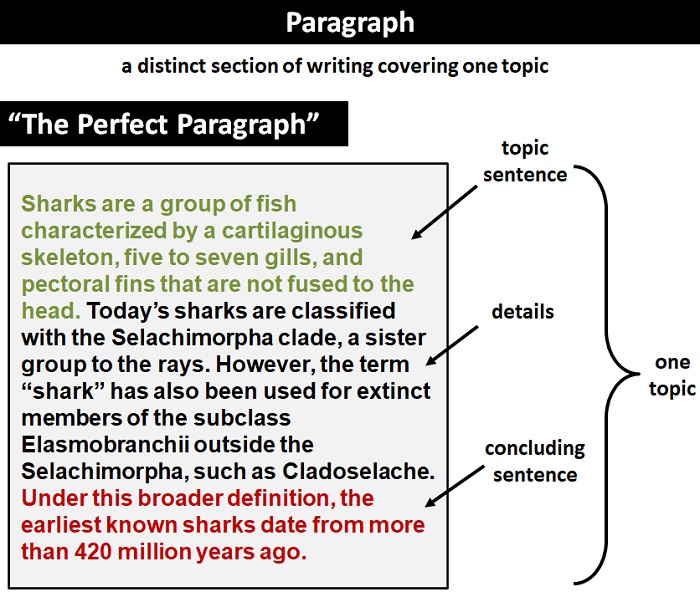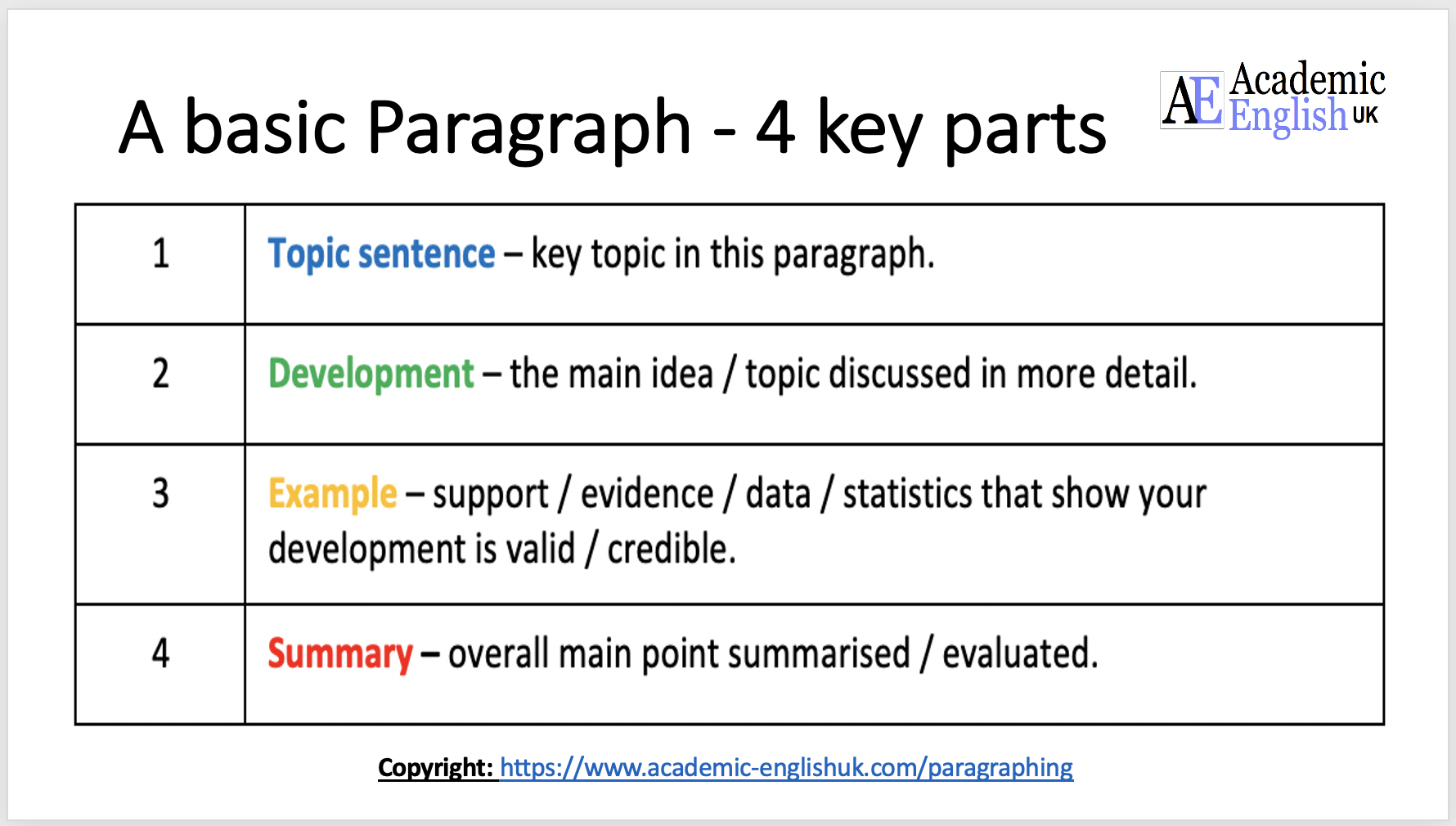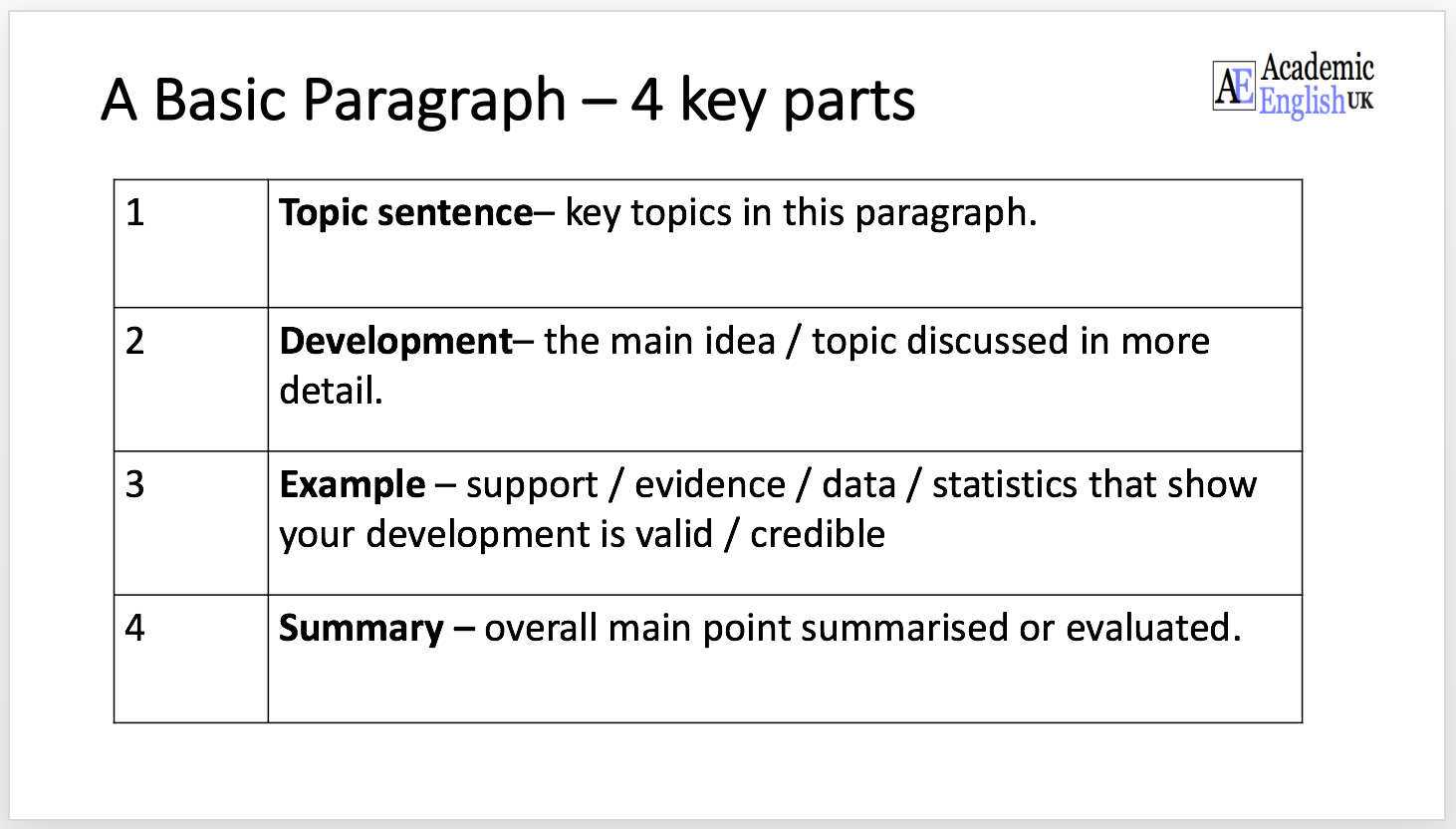Crafting A Heartfelt Paragraph For Friend: Your Words, Their Smile
Have you ever wanted to tell a friend just how much they mean to you, but finding the right words felt, you know, a bit tricky? It’s a common feeling, actually. We often carry so much warmth for our pals, yet putting that feeling into a written message can seem like a big task. A thoughtful message, even a short one, can really brighten someone's day. It’s a simple way to show you care, and it can make a real difference in how connected you both feel, too.
In a world that moves so fast, a personal note stands out. It shows you took a moment, you know, to truly think about them. This isn't about writing a long letter, or even a huge essay. It's about getting those good feelings down in a way that feels honest and true. So, a paragraph for friend can be a powerful thing, really, a little burst of sunshine in their inbox or on a card.
Today, we're going to look at how you can put together a truly special message for your friends. We'll explore what makes a good written piece, and how to make sure your words hit just the right note. You'll learn simple ways to express your feelings, and find inspiration for those moments when you want to reach out. It's about making your friend feel seen and loved, basically.
Table of Contents
- What is a Paragraph, Anyway?
- Why Send a Paragraph to a Friend?
- Getting Started: Finding Your Words
- Structuring Your Heartfelt Message
- Types of Paragraphs for Friends
- Making It Truly Personal
- Common Mistakes to Steer Clear Of
- When is the Best Time to Send It?
- Frequently Asked Questions
- Final Thoughts on Friendship Messages
What is a Paragraph, Anyway?
You know, before we write a message, it’s good to remember what a paragraph actually is. My text points out that a paragraph is a collection of related sentences dealing with a single topic. It’s a distinct section of writing, covering one point. So, when you're thinking about a paragraph for friend, you're aiming for a small, focused chunk of text that gets one main idea across, basically.
It’s not just about length, though many people think of paragraphs in terms of how many sentences they have, or how long they are on the page. Actually, a paragraph is a section of text that pertains to a single theme, and it’s usually set apart by an indent or a line break. This means your message for a friend will focus on one feeling or one memory, making it easy to read and understand, too.
Learning to put together good paragraphs helps you stay on track when you're writing, my text explains. It helps you keep your thoughts organized. So, for your friend, this means your message will be clear, heartfelt, and easy for them to take in. It’s about getting your feelings across simply and directly, you know.
Why Send a Paragraph to a Friend?
Sending a special message to a friend can really make their day brighter. In our busy lives, it's easy to lose touch, or just not express how much we value the people around us. A thoughtful paragraph, you know, cuts through the everyday noise. It shows you're thinking of them, and that’s a very powerful feeling to share, really.
These little notes can strengthen your bond. They remind your friend that your connection is important, and that you cherish them. It’s a way to acknowledge their presence in your life, and to celebrate the shared moments. Sometimes, a friend might be going through something tough, and a kind message can be a huge comfort, too.
It's also about building memories. Years from now, your friend might look back at that message and remember how it made them feel. It becomes a small piece of your shared history, a tangible sign of your affection. So, it's more than just words; it's a little gift of connection, basically.
Getting Started: Finding Your Words
Feeling a bit stuck on where to begin? That’s perfectly normal, actually. The best way to start is often just to think about your friend. What makes them special? What do you appreciate about them? It’s not about being a perfect writer, but about being genuine, you know.
Think about a specific moment or quality that comes to mind when you think of them. Maybe they always make you laugh, or they were there for you during a difficult time. These little details are the building blocks of a truly personal message. Just jot down a few ideas, you know, nothing fancy, just some thoughts.
Brainstorming Ideas for Your Friend
To get those ideas flowing, just consider these simple questions. What is a specific memory you share that makes you smile? Perhaps a funny adventure, or a quiet moment of understanding. Really, those shared experiences are gold.
What qualities do you admire in them? Are they kind, funny, strong, a great listener? Thinking about their good points can help you shape your message. You know, sometimes it's just about listing out what makes them uniquely them.
Have they helped you recently, or in the past? A specific act of kindness or support can be a wonderful thing to mention. People really appreciate being recognized for their efforts, too. It shows you noticed, basically.
Choosing Your Focus
Once you have a few ideas, pick one main thing to focus on for your paragraph. Remember, a paragraph deals with a single topic. So, if you're writing about their humor, stick with that. If it's about their support, keep that as your central theme, you know.
Trying to cram too many ideas into one short message can make it feel a bit messy. A clear focus makes your message stronger and more impactful. It lets your friend truly feel the emotion behind that one main point, actually. So, just pick one, and go with it.
Structuring Your Heartfelt Message
Even a short message benefits from a little structure, you know. Think of it like a mini-story. It has a beginning, a middle, and an end. This helps your thoughts flow smoothly and makes your message easy to follow, really.
A well-written paragraph, my text explains, has a topic sentence which states the main idea. This is what the paragraph is about. Then, you have sentences that support that idea, and a concluding thought that wraps it up. It's a simple framework, but it works so well, basically.
The Opening Line
Start with a warm greeting and a clear statement of your intention. Something like, "I was just thinking about you today," or "I wanted to tell you how much I appreciate you." This sets the tone and lets your friend know what's coming, you know.
You could also start with a specific memory or a quality you admire. For instance, "I'll never forget that time we..." or "Your kindness always amazes me." An engaging opening line, you know, draws them in right away. It makes them want to keep reading, actually.
The Middle: The Heart of Your Message
This is where you expand on your main idea. Provide details, examples, or explain why this particular quality or memory means so much to you. If you're thanking them for support, describe how their actions helped you, you know.
Use descriptive words that convey your feelings. Instead of "you're nice," try "your gentle spirit always brightens my day." These little touches make your message much more vivid and personal, too. It’s about painting a picture with your words, basically.
Connect your feelings to their actions or qualities. Explain the impact they've had on your life. For example, "Because of your encouragement, I felt brave enough to try." This shows them the real-world effect of their friendship, and that's very meaningful, really.
The Closing: A Warm Wrap-Up
End with a feeling of warmth, appreciation, or a look to the future. You could say, "I'm so glad to have you in my life," or "Looking forward to our next adventure." This leaves them with a positive feeling, you know.
Reiterate your main point briefly, perhaps. A simple "Thank you for being you" can be very powerful. It ties everything together nicely. So, it's about leaving them with a smile, basically, and knowing how much they matter.
Types of Paragraphs for Friends
There are many reasons to send a friend a special message. Each reason might call for a slightly different approach, but the core idea of being genuine remains the same. You know, it’s about finding the right words for the right moment.
Sometimes, you just want to say "hi" and let them know you're thinking of them. Other times, it's for a specific event or a particular feeling. Knowing the kind of message you want to send can help you shape your words, too. So, let's look at some common types, basically.
The Appreciation Paragraph
This type focuses on gratitude. You might write: "I just wanted to take a moment to say how much I appreciate you. Your constant positivity, you know, always lifts my spirits, even on tough days. I'm so grateful for your friendship and the way you always see the good in things. Thanks for being such a wonderful person."
Another example could be: "I was thinking about all the times you've been there for me, and honestly, I don't know what I'd do without you. Your unwavering support, you know, means the world to me. You're truly one of a kind, and I feel incredibly lucky to call you my friend. Thank you for everything, really."
The Support Paragraph
When a friend needs a boost, your words can be a lifeline. You could write: "I know things have been a bit challenging lately, and I just wanted to remind you that I'm here for you, always. You're incredibly strong, you know, and you've got this. Please don't hesitate to reach out if you need anything at all, even just to chat. Sending you lots of good thoughts."
Or perhaps: "Seeing you go through this, it's tough, and I want you to know you're not alone. Your resilience, you know, is truly inspiring, and I have no doubt you'll come out of this even stronger. Remember I'm in your corner, cheering you on every step of the way. We'll get through this together, basically."
The Funny or Memory Paragraph
Sometimes, a shared laugh or a fond memory is the best message. "I was just remembering that time we tried to bake that cake and it turned into a complete disaster! I still laugh thinking about it, you know. Those silly moments with you are some of my favorites, and they always remind me how much fun we have together. Thanks for all the laughs, really."
Another idea: "Thinking back to our trip last summer, and all the crazy adventures we had. Every time I see a picture from then, it brings a huge smile to my face. You make every experience better, you know, and I cherish those memories so much. Can't wait to make more with you, basically."
The "Just Because" Paragraph
These are often the most impactful because they're unexpected. "I was just thinking about you today and wanted to send a quick note. Hope you're having a wonderful week! You know, your friendship means a lot to me, and I just wanted to tell you that. Just because."
Or try: "Hey! No special reason for this message, just wanted to say hi and let you know you crossed my mind. Your positive energy, you know, is truly contagious. Hope everything's going well for you! Always thinking of you, basically."
Making It Truly Personal
The key to a great paragraph for friend is making it feel unique to your relationship. Avoid generic phrases that could apply to anyone. Instead, use inside jokes, specific memories, or details only you and your friend would understand, you know.
Referencing a particular quality they possess that you truly admire, or a specific instance where they helped you, makes the message much more meaningful. It shows you've put real thought into it. This level of personalization, you know, makes your words resonate deeply with them. Learn more about writing personal messages on our site.
Also, consider their personality. Are they someone who appreciates directness, or do they prefer a more subtle approach? Tailor your tone to what you know they'll appreciate most. It’s about speaking their language, basically, in a way that feels natural to both of you.
Common Mistakes to Steer Clear Of
While writing from the heart is the main thing, there are a few little things to avoid. Don't make it all about yourself, you know. The message is for them, to celebrate them, not to talk about your own problems or achievements. Keep the focus on your friend, basically.
Avoid sounding overly dramatic or insincere. Your words should feel genuine, not forced. If it doesn't feel right, it probably isn't. Just be yourself, you know, and let your true feelings come through. Authenticity is really key here.
Also, try not to bring up old arguments or negative things. This message is meant to be uplifting and positive. Keep the tone light and warm. It’s about strengthening your bond, not revisiting past issues, basically. For more ideas, you can also check out this page friendship quotes and messages.
When is the Best Time to Send It?
Anytime is a good time, really! You don't need a special occasion. A "just because" message can often be the most impactful, as it's a pleasant surprise. Birthdays, holidays, or after a shared experience are also perfect moments, you know.
If your friend is going through a tough time, a message of support can be incredibly comforting. If they've achieved something, a note of congratulations is always welcome. The key is to send it when the feeling strikes you, basically, and let your heart guide you.
Frequently Asked Questions
How do I start a paragraph for a friend if I'm not a good writer?
You know, don't worry about being a "good writer." Just think about one specific thing you appreciate about them, or a happy memory you share. Start with that simple thought. For instance, "I was just thinking about how much your laughter brightens my day." That's a great beginning, basically. The feelings are what matter most, really.
What if I want to say a lot but keep it short?
Focus on one main idea, you know. Instead of trying to cover everything, pick the most important feeling or memory you want to share. Use strong, simple words to convey that one point. You can always send another paragraph later with a different focus. It's better to have one clear, heartfelt message than a long, rambling one, basically.
Can I use emojis in my paragraph for a friend?
Absolutely, you know! Emojis can add a nice touch of personality and warmth, especially if that's how you usually communicate with your friend. They can help convey tone and emotion, making your message feel even more genuine and friendly. Just use them in a way that feels natural to your style, basically.
Final Thoughts on Friendship Messages
Writing a paragraph for friend isn't about perfect grammar or fancy words. It's about opening your heart and sharing a piece of your appreciation. These small gestures, you know, can build stronger, more meaningful friendships. They remind us that we're connected, and that we matter to each other.
So, take a moment today, perhaps, to think about a friend who has made a difference in your life. What would you like to tell them? A simple message, straight from you, can truly make their day. It’s a wonderful way to celebrate the special people around you, basically. For more inspiration on expressing yourself, you might find some useful tips on this Psychology Today article about friendship.

Paragraph

Academic Paragraphing - how to write an academic paragraph

Academic Paragraphing - how to write an academic paragraph